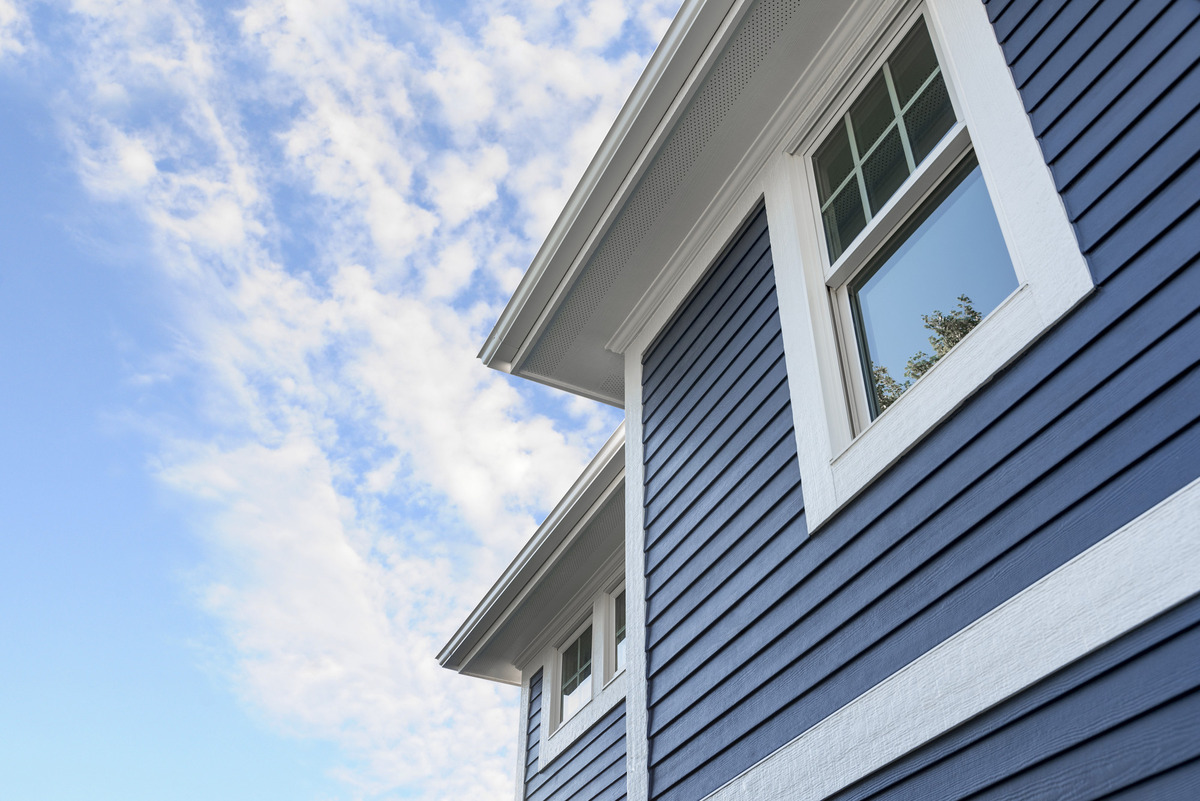

Articles
How Thick Is Hardie Siding
Modified: August 31, 2024
Discover the thickness of Hardie siding in this informative article. Learn why it's a popular choice for homeowners looking for durable and low-maintenance siding options.
(Many of the links in this article redirect to a specific reviewed product. Your purchase of these products through affiliate links helps to generate commission for Storables.com, at no extra cost. Learn more)
Introduction
When it comes to choosing the right siding for your home, one important factor to consider is thickness. The thickness of siding material can greatly impact its durability, strength, and overall performance. In the case of Hardie siding, also known as James Hardie fiber cement siding, thickness plays a crucial role in determining its effectiveness and longevity.
In this article, we will dive into the world of Hardie siding and explore the significance of thickness in this popular siding option. We will discuss the standard thickness options available, the advantages of thicker Hardie siding, and potential drawbacks to consider. By the end, you will have a better understanding of how to determine the right thickness for your specific siding project.
Key Takeaways:
- Opting for thicker Hardie siding offers enhanced durability, improved insulation, and increased protection against moisture, making it a valuable investment for homeowners in areas prone to extreme weather conditions.
- While thicker Hardie siding provides numerous benefits, it’s essential to carefully consider potential drawbacks such as increased cost, additional installation requirements, and weight considerations before making a decision.
Read more: How To Attach Hardie Siding
Understanding Hardie Siding
Hardie siding, or James Hardie fiber cement siding, is a popular choice for homeowners looking for a durable and low-maintenance siding option. It is made up of a combination of cement, sand, and cellulose fibers, creating a strong and weather-resistant material. Hardie siding is known for its ability to withstand harsh elements, including extreme temperatures, heavy winds, and moisture.
One of the key factors that sets Hardie siding apart from other siding materials is its versatility. It can mimic the appearance of various traditional siding materials such as wood, stucco, or even stone, giving homeowners the option to achieve their desired aesthetic without the maintenance requirements of those materials. Hardie siding is also available in a wide range of colors and finishes, allowing for customization to match any architectural style.
Furthermore, Hardie siding is known for its longevity and resistance to common issues that plague other siding materials, such as rotting, warping, and insect damage. This durability is a result of the thickness and composition of the siding material, making the thickness of Hardie siding an important consideration.
Before we delve into the importance of thickness, let’s briefly discuss the impact that thickness has on the performance and durability of siding materials in general.
Importance of Thickness in Hardie Siding
The thickness of Hardie siding plays a crucial role in its overall performance and durability. A thicker siding material is typically stronger and more resistant to impact, which can help protect your home from potential damage caused by hailstones, flying debris, or accidental collisions.
In addition to impact resistance, thicker Hardie siding also provides better insulation properties. It helps to minimize heat transfer between the interior and exterior of your home, resulting in improved energy efficiency and potential savings on heating and cooling costs. Thicker siding also helps to reduce noise transmission, creating a quieter and more comfortable living environment.
Another important consideration is the ability of thicker Hardie siding to resist warping and buckling. Thinner siding may be more prone to bending or bowing, especially in extreme weather conditions. Thicker siding can better maintain its shape and structural integrity over time, ensuring a long-lasting and attractive appearance for your home.
Furthermore, thicker Hardie siding can provide added resistance against moisture infiltration. The greater thickness allows for a more effective barrier against water penetration, reducing the risk of water damage, mold, and rot. This is particularly important in areas with high humidity or heavy rainfall, where moisture-related issues are common.
Overall, choosing the appropriate thickness for your Hardie siding is essential for maximizing its durability, strength, insulation properties, and protection against various external factors. It is crucial to carefully consider your specific needs and factors such as climate, local building codes, and your budget when determining the ideal thickness for your siding project.
Standard Thickness Options for Hardie Siding
Hardie siding is available in various thickness options to accommodate different needs and preferences. The standard thickness options offered by James Hardie are 5/16-inch and 7/16-inch. These measurements refer to the thickness of the siding material itself.
The 5/16-inch thickness is the more commonly used option for residential applications. It provides a good balance between durability, flexibility, and cost-effectiveness. This thickness is suitable for most climates and housing styles, offering sufficient protection and insulation for typical residential properties.
On the other hand, the 7/16-inch thickness is considered the premium option. It offers enhanced durability and strength compared to the 5/16-inch siding. This thickness is ideal for areas prone to extreme weather conditions such as hurricanes, heavy winds, or extreme temperature fluctuations. Additionally, the thicker profile can provide a more substantial and visually appealing look for homeowners who desire a bolder appearance.
It’s important to note that the selected thickness of Hardie siding may impact other aspects of the installation process. Thicker siding may require modifications to the trim, furring, or sheathing to ensure a proper fit. The choice of thickness should also consider the structural capacity of the building and any relevant building codes in your area.
When making your decision, it is recommended to consult with a professional contractor or siding expert who can assess your specific needs and provide guidance on the appropriate thickness option for your Hardie siding project. They can consider factors such as your geographical location, climate conditions, budget, and desired aesthetic to help you make an informed decision.
While the standard thickness options mentioned above cover most residential applications, James Hardie also offers customized thickness options for commercial or specific project requirements. Working closely with a professional can help ensure you choose the right thickness that best suits your needs.
Hardie siding typically comes in thicknesses of 5/16 inch and 7/16 inch. The thicker option provides better durability and impact resistance. Always check the manufacturer’s specifications for the exact thickness of the specific product you are considering.
Advantages of Thicker Hardie Siding
Opting for thicker Hardie siding can offer several advantages that may be worth considering for your home. Let’s explore some of the benefits of choosing a thicker profile:
- Enhanced Durability: Thicker Hardie siding provides increased resistance to impact, making it more durable against hail, wind-blown debris, and accidental collisions. This added strength can help safeguard your home from potential damage.
- Improved Insulation: Thicker siding offers better thermal insulation, reducing heat transfer between the interior and exterior of your home. This improves energy efficiency, helping to maintain comfortable indoor temperatures and potentially saving on heating and cooling costs.
- Reduced Noise Transmission: Thicker siding has the added benefit of reducing noise transmission from outside. This can create a quieter living environment, especially if you live in a busy or noisy area.
- Enhanced Protection Against Moisture: Thicker Hardie siding provides a more effective barrier against water infiltration. This added protection helps prevent moisture-related issues such as rot, mold, and water damage to your home’s exterior and interior walls.
- Improved Appearance: Thicker siding can provide a more substantial and visually pleasing look, adding depth and dimension to the exterior of your home. This can enhance its curb appeal and potentially increase its value.
- Resilience in Extreme Weather Conditions: Thicker Hardie siding is designed to withstand harsh weather conditions better. If you live in an area prone to hurricanes, heavy winds, or extreme temperature fluctuations, opting for a thicker profile can offer greater resilience and protection.
It’s important to note that while there are advantages to choosing thicker Hardie siding, it may come at a higher cost compared to the standard thickness options. The additional material and increased durability factors contribute to the higher price. However, the long-term benefits and peace of mind it can provide may outweigh the initial investment for many homeowners.
Ultimately, the decision to choose thicker Hardie siding should be based on your specific needs, budget, and the environmental conditions in your area. Consulting with a professional contractor or siding expert can help you assess these factors and make an informed decision for your home.
Read more: How To Paint Hardie Siding
Potential Drawbacks of Thicker Hardie Siding
While thicker Hardie siding offers several advantages, it is essential to consider potential drawbacks before making a decision. Here are some factors to keep in mind:
- Increased Cost: Thicker Hardie siding is generally more expensive than the standard thickness options. The added material and enhanced durability contribute to the higher price tag. It’s important to factor this into your budget and weigh the benefits against the cost.
- Additional Installation Requirements: Thicker siding may require adjustments to the trim, furring, or sheathing to ensure proper installation. This additional work can increase the complexity and cost of the installation process.
- Weight Considerations: Thicker siding is heavier than its standard counterparts. While this contributes to its durability, it can also impact the load on the structure. It’s crucial to ensure that your home’s framework can support the added weight and meet any relevant building codes.
- Limited Availability of Styles and Colors: Thicker Hardie siding may have a slightly limited range of available styles and colors compared to the standard thickness options. Depending on your desired aesthetic, this may impact your choices and the overall look you wish to achieve.
- Potential Overkill for Mild Climates: Thicker siding is often recommended for areas with harsh weather conditions. If you live in a region with a mild climate where extreme weather events are infrequent, the added thickness may not be necessary and could be considered overkill.
It’s crucial to assess your specific needs, budget, and climate conditions when deciding on the thickness of your Hardie siding. It’s advisable to consult with a professional contractor or siding expert who can evaluate your requirements and provide tailored recommendations.
By carefully considering the potential drawbacks alongside the benefits, you can make an informed decision that aligns with your priorities and ensures the longevity, performance, and aesthetic appeal of your home.
Determining the Right Thickness for Your Project
When it comes to determining the right thickness for your Hardie siding project, several factors should be taken into consideration:
- Climate and Weather Conditions: Assess the climate in your area and the typical weather conditions your home will face. If you live in an area with severe weather events such as hurricanes or frequent high winds, opting for a thicker profile may provide better protection.
- Budget: Consider your budget for the siding project. Thicker Hardie siding often comes with a higher cost due to the extra materials and enhanced durability. Make sure to balance the benefits and the costs to find the right fit for your financial situation.
- Building Codes: Familiarize yourself with any building codes or regulations in your area. Some regions may have specific requirements or recommendations regarding the thickness of siding. Ensure that your chosen thickness meets these guidelines to remain compliant.
- Visual Preferences: Consider the aesthetic you are aiming for. Thicker siding can provide a more substantial and visually appealing look, which may be desirable for some homeowners. Look for samples, view completed projects, or work with a design professional to ensure the thickness aligns with your desired visual outcome.
- Structural Capacity: Evaluate the structural capacity of your home. Thicker siding is heavier, and if your home’s framework cannot support the additional weight, it may cause issues in the long run. Consult with a professional to ensure your structure can accommodate the chosen thickness.
- Maintenance Requirements: Consider your willingness and ability to maintain the siding. Thicker siding may require less maintenance over time due to its increased durability. If you are looking for a low-maintenance option, thicker Hardie siding could be a suitable choice.
It is recommended to consult with a professional contractor or siding expert who can provide valuable insights based on your specific circumstances. They have experience working with different thicknesses of Hardie siding and can assess your needs to make personalized recommendations.
Ultimately, the right thickness for your Hardie siding project will depend on a combination of these factors. Carefully weigh the advantages, potential drawbacks, and your unique requirements to ensure you make an informed decision that will result in a siding solution that meets your expectations in terms of performance, durability, aesthetics, and budget.
Conclusion
Choosing the right thickness for your Hardie siding is a crucial decision that can have a significant impact on the overall performance, durability, and appearance of your home. Thicker Hardie siding offers numerous advantages such as enhanced durability, improved insulation, reduced noise transmission, and increased protection against moisture. It can also provide a more substantial and visually appealing look, adding depth and dimension to your home’s exterior.
However, it’s important to consider potential drawbacks such as increased cost, additional installation requirements, and weight considerations. Thicker siding may not be necessary for every climate or project, and it’s essential to assess your specific needs, budget, and structural capacity before making a decision.
Consulting with a professional contractor or siding expert is highly recommended, as they can evaluate your requirements and provide tailored recommendations. They can take into account factors such as climate, budget, local building codes, and your desired aesthetic to guide you towards the right thickness for your Hardie siding.
Remember, optimizing the thickness of your Hardie siding is a balance. It’s about finding the right fit for your home, ensuring its longevity, performance, and visual appeal while keeping within your budget and meeting your specific needs.
By carefully considering the advantages, potential drawbacks, and consulting with experts, you can make an informed decision that aligns with your priorities. Whether you choose the standard thickness options or opt for a thicker profile, Hardie siding can provide you with a durable, low-maintenance, and visually appealing solution for your home’s exterior.
Frequently Asked Questions about How Thick Is Hardie Siding
Was this page helpful?
At Storables.com, we guarantee accurate and reliable information. Our content, validated by Expert Board Contributors, is crafted following stringent Editorial Policies. We're committed to providing you with well-researched, expert-backed insights for all your informational needs.
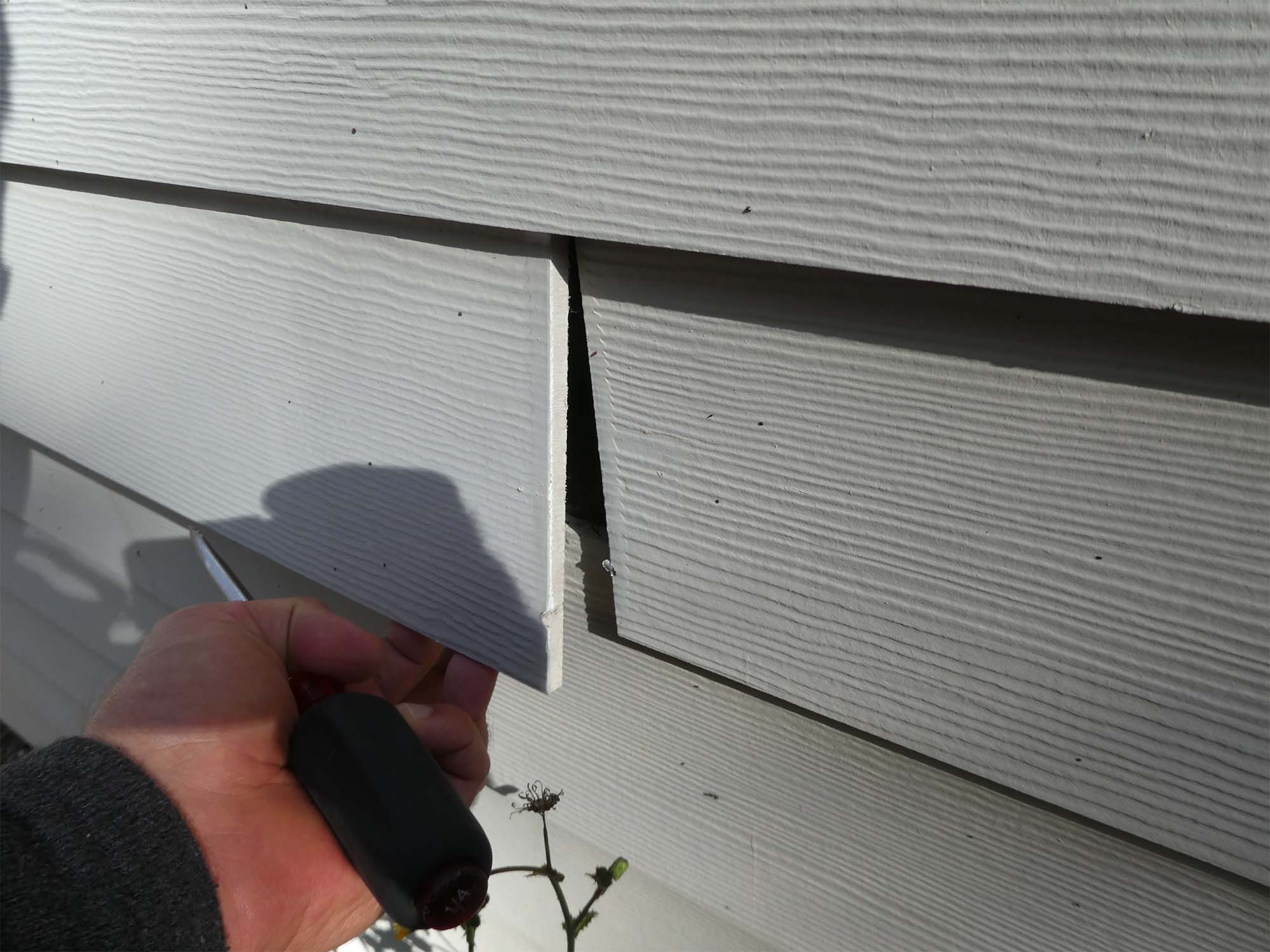
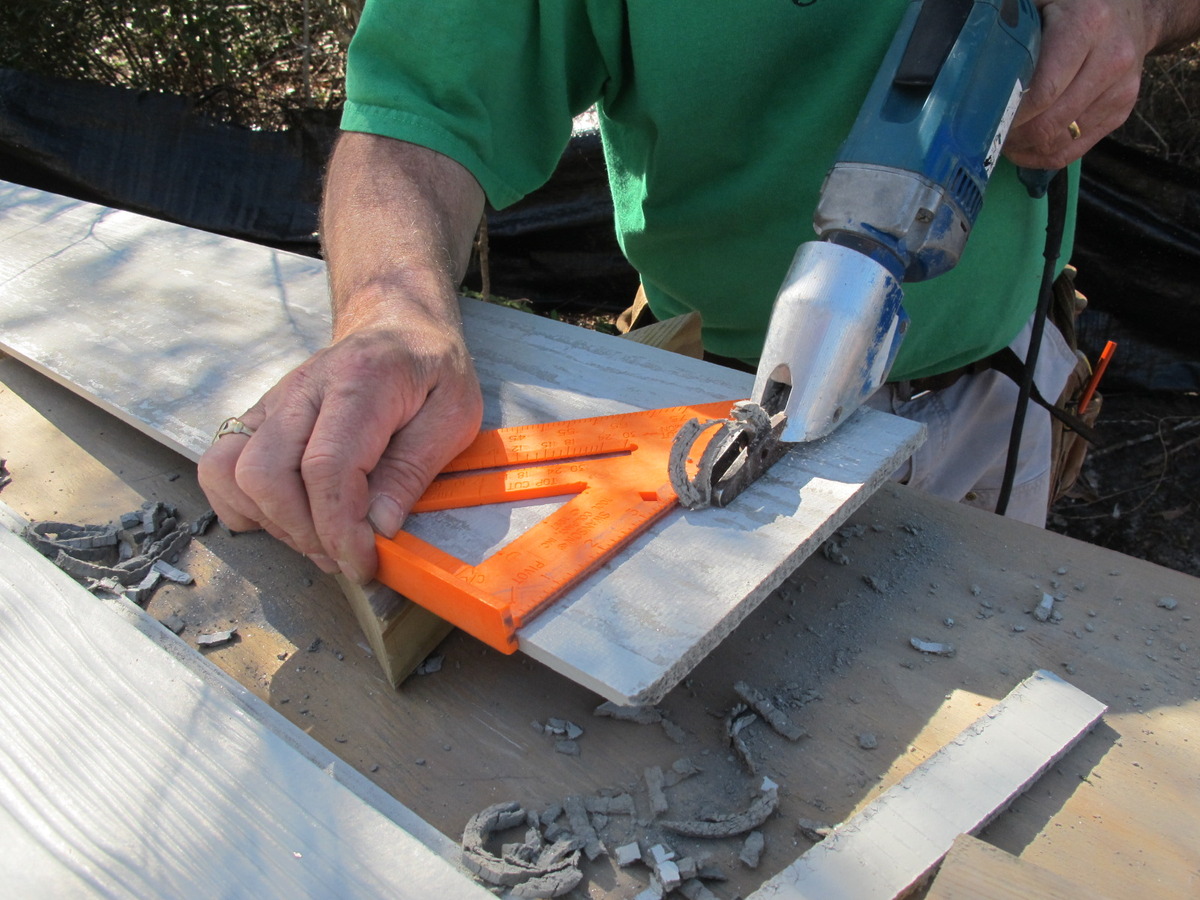
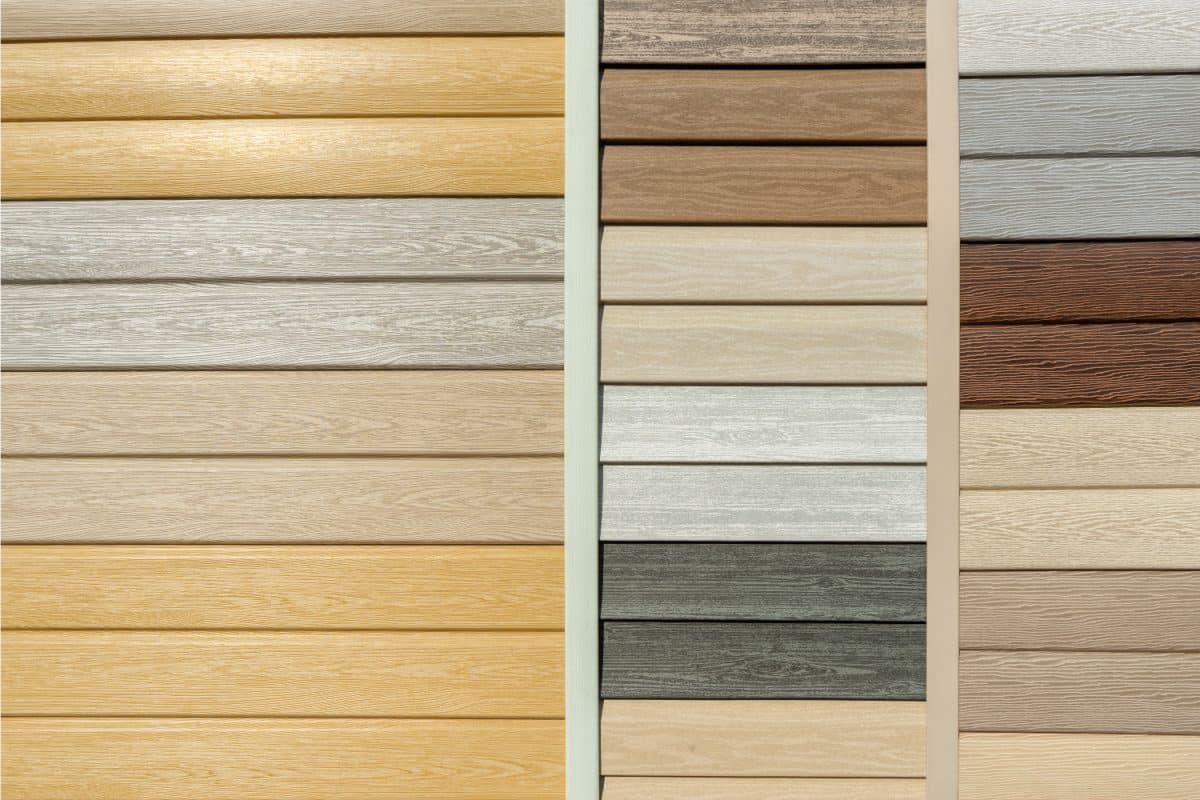
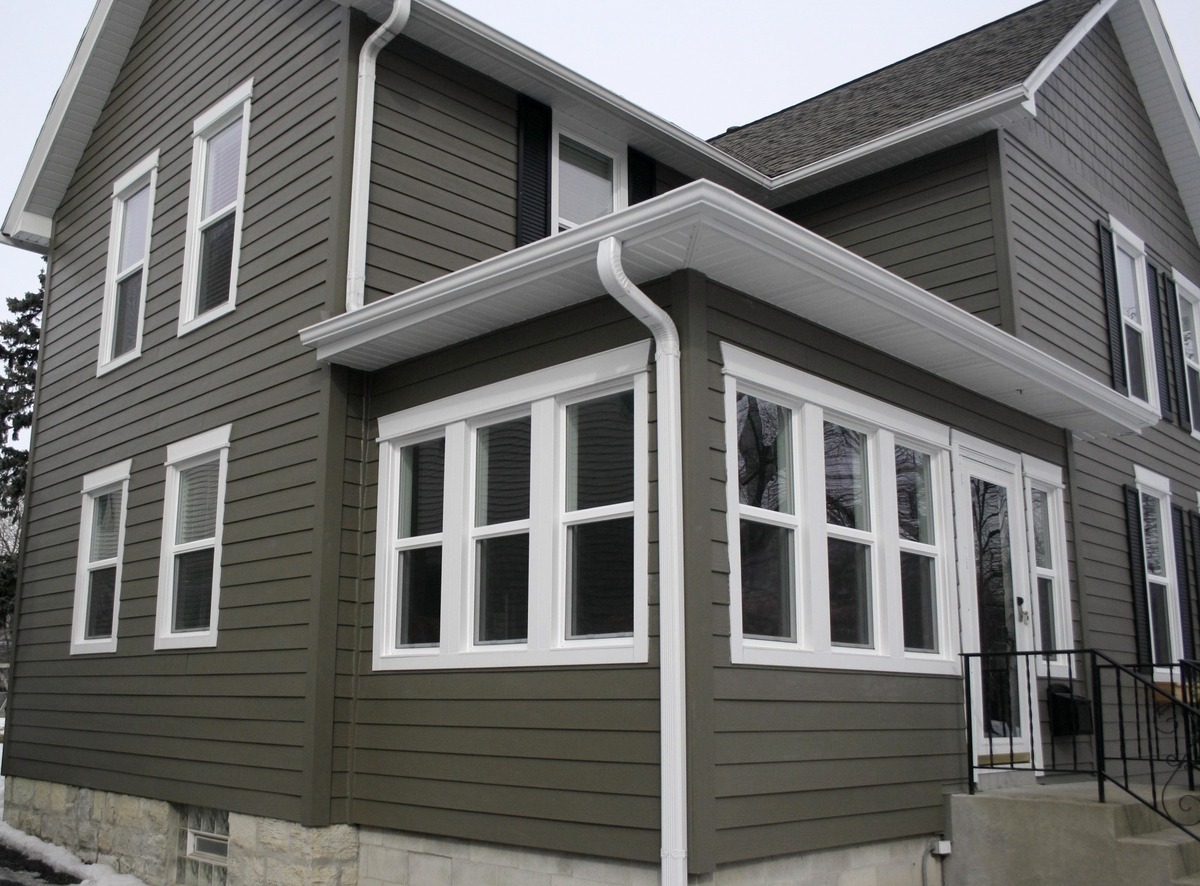
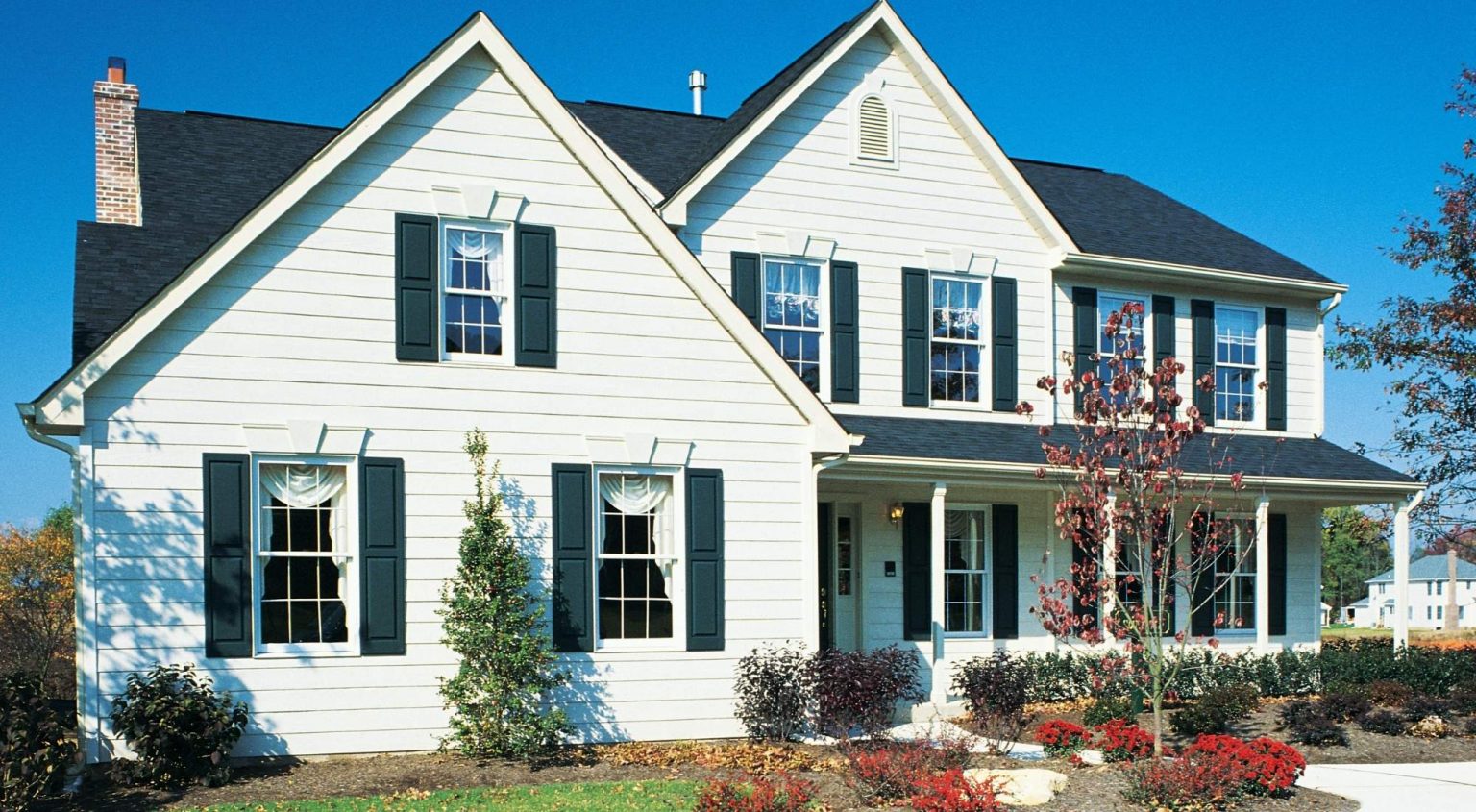
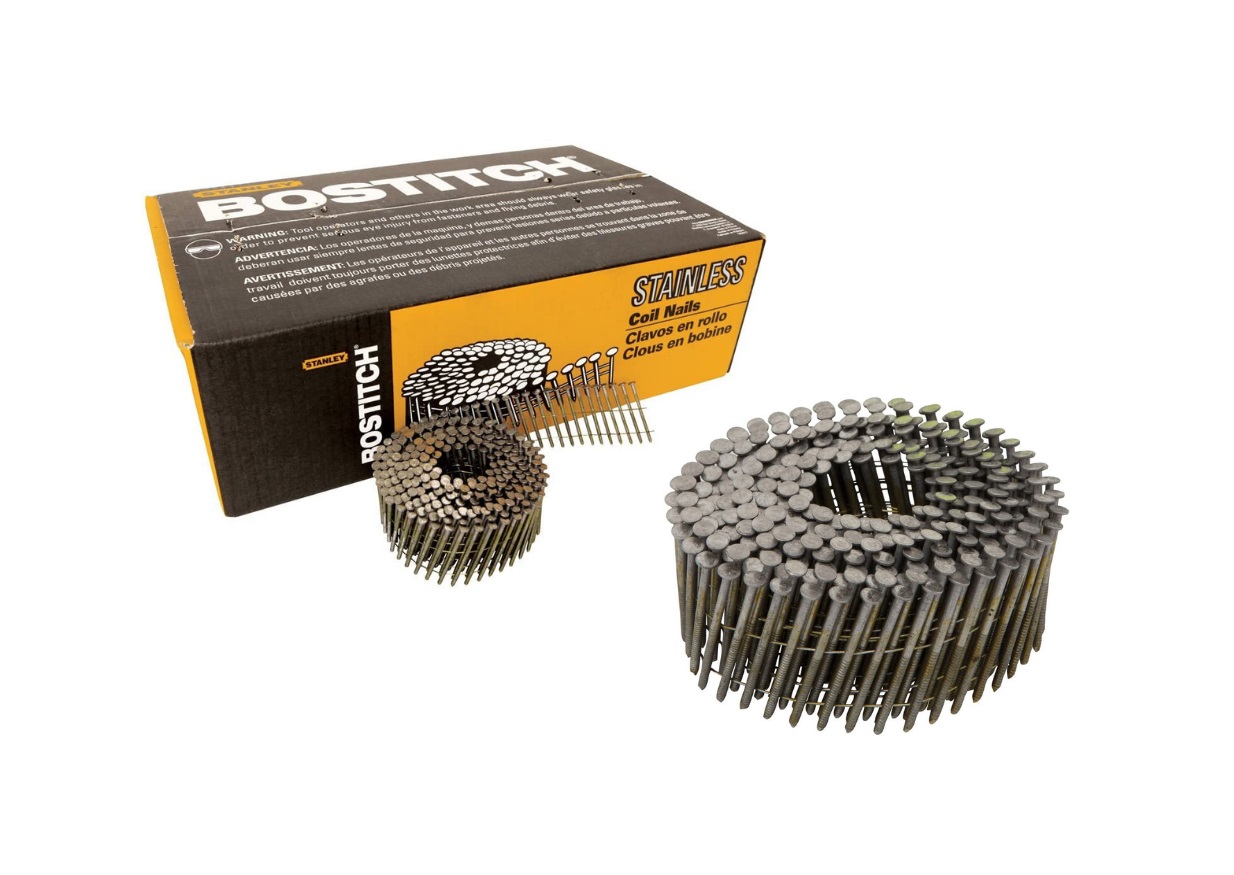
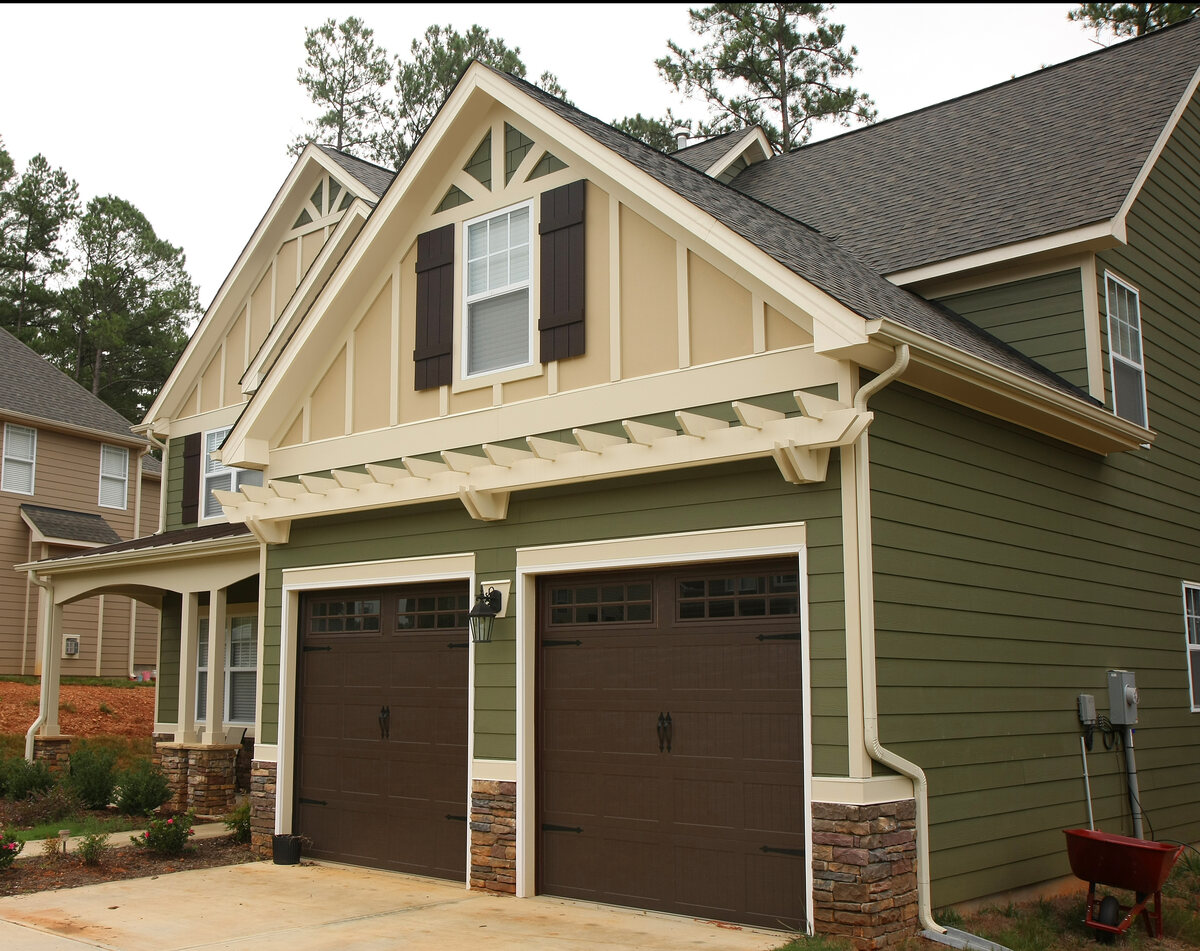
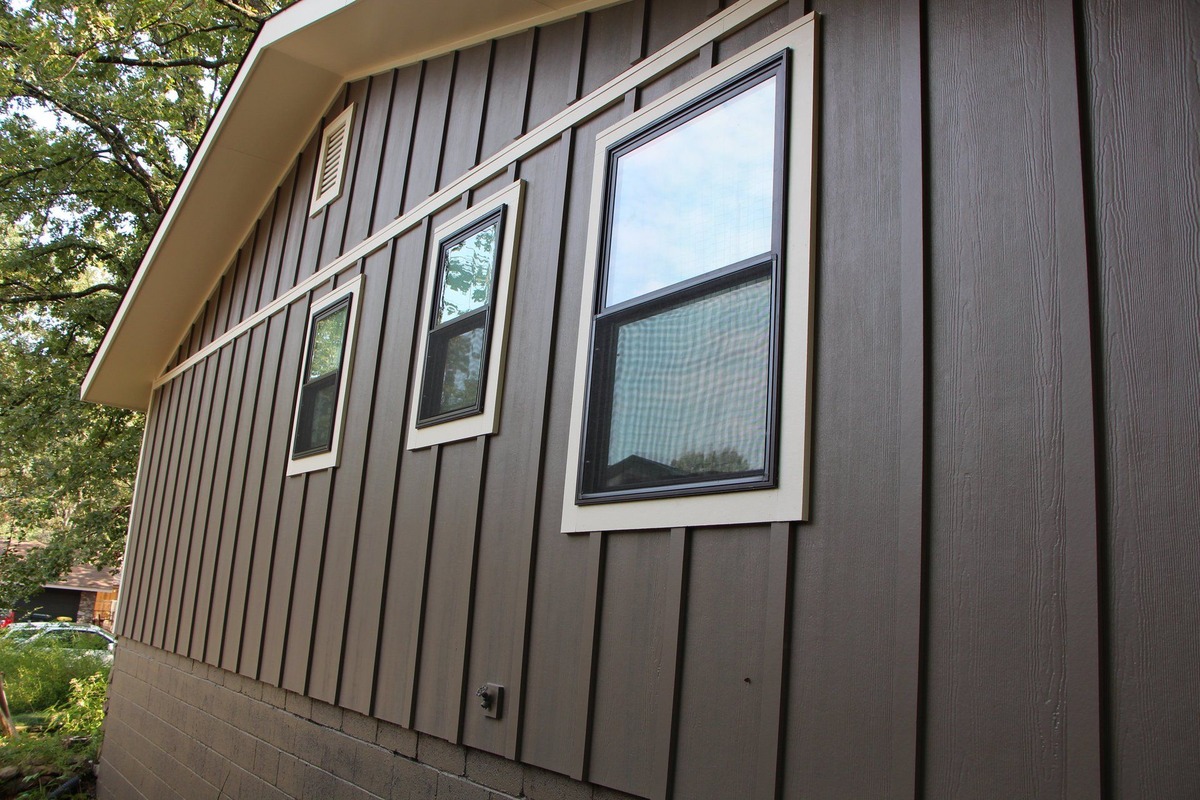
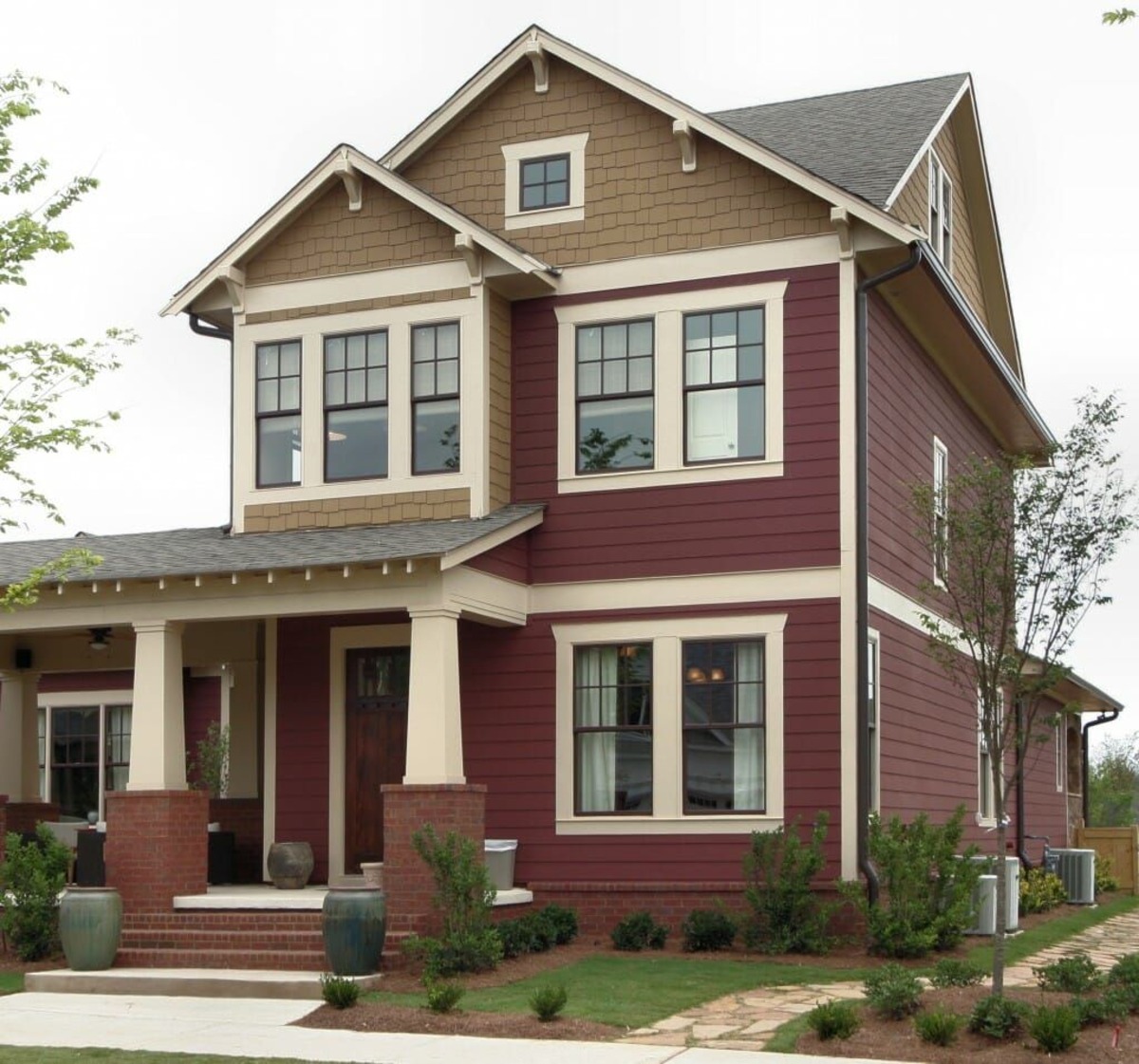
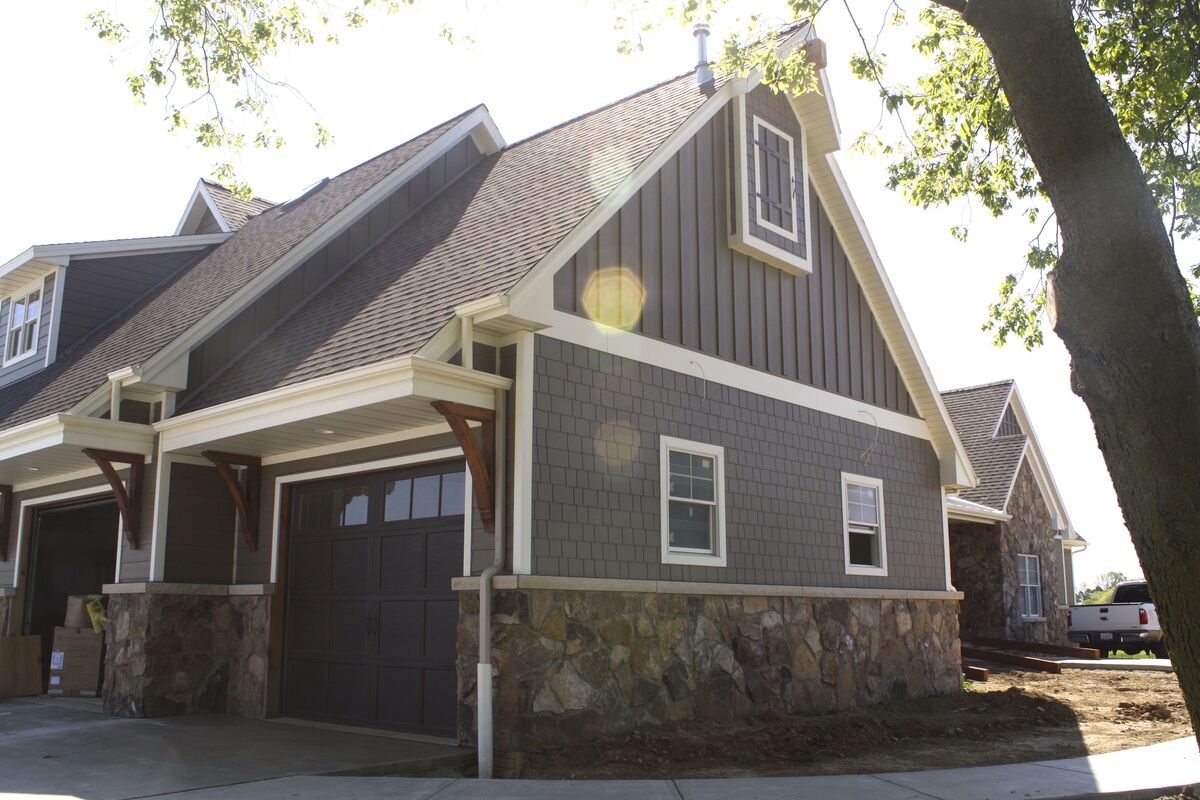
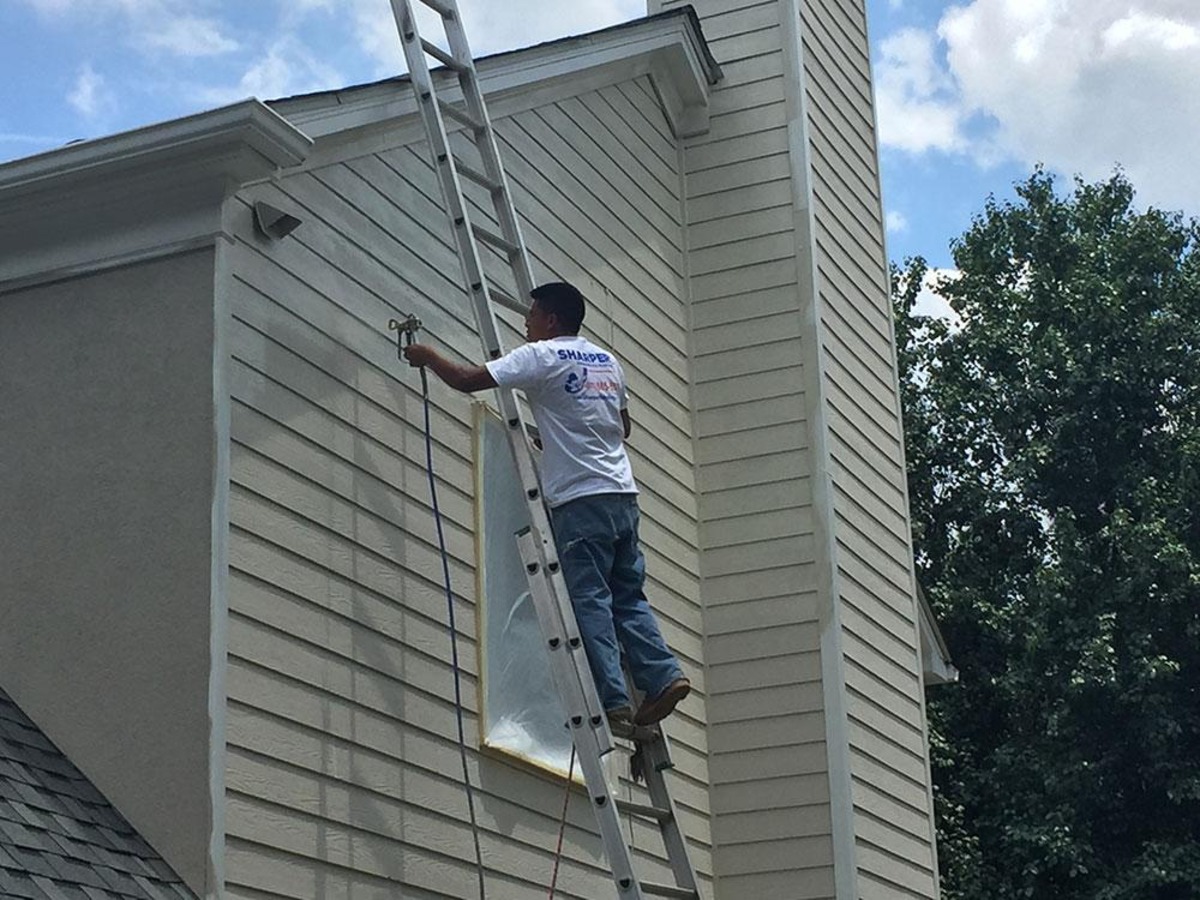
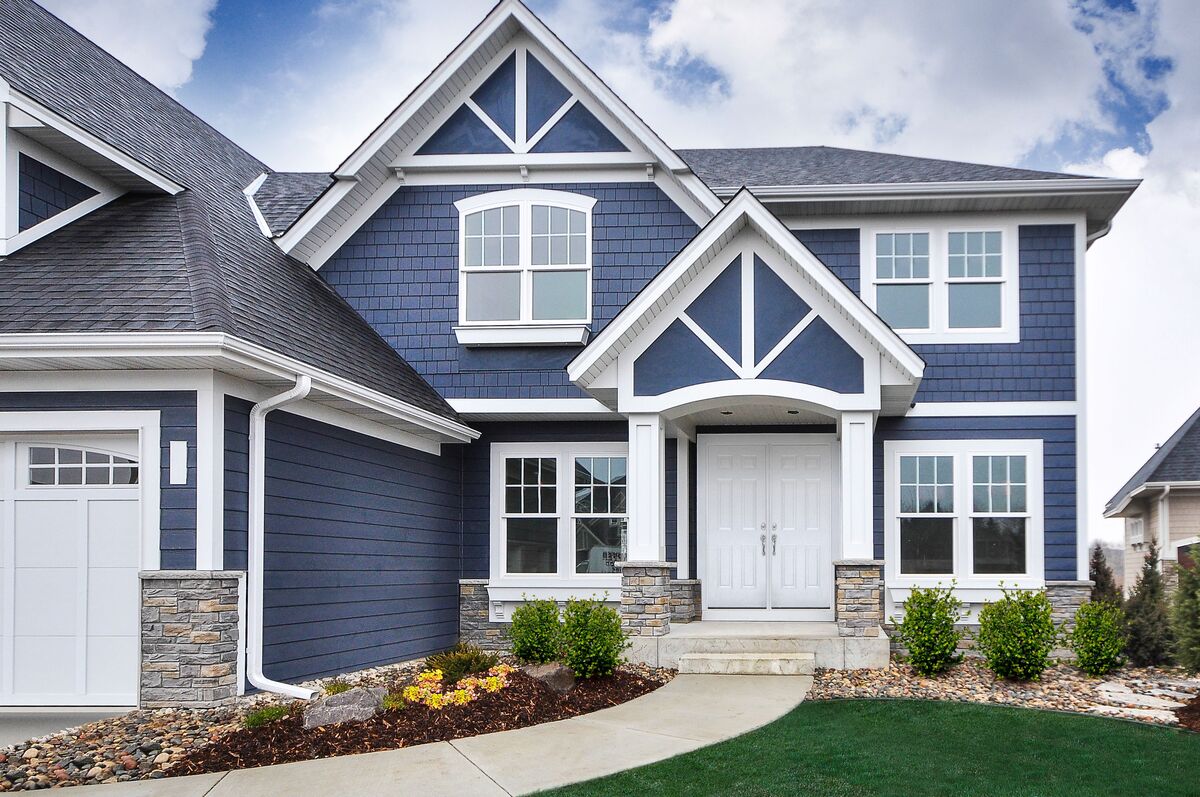
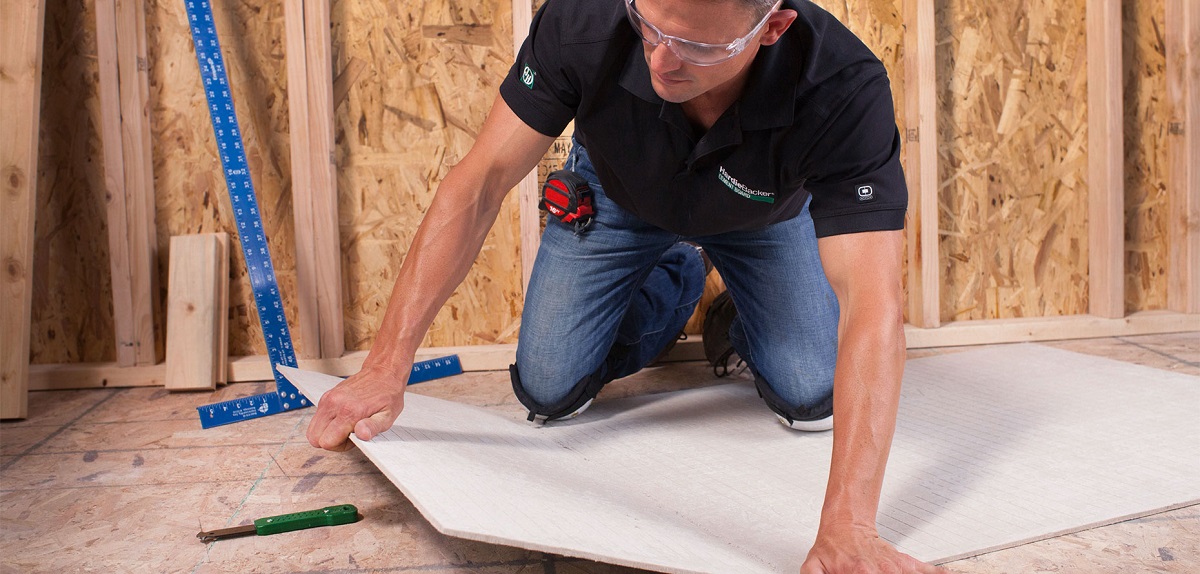
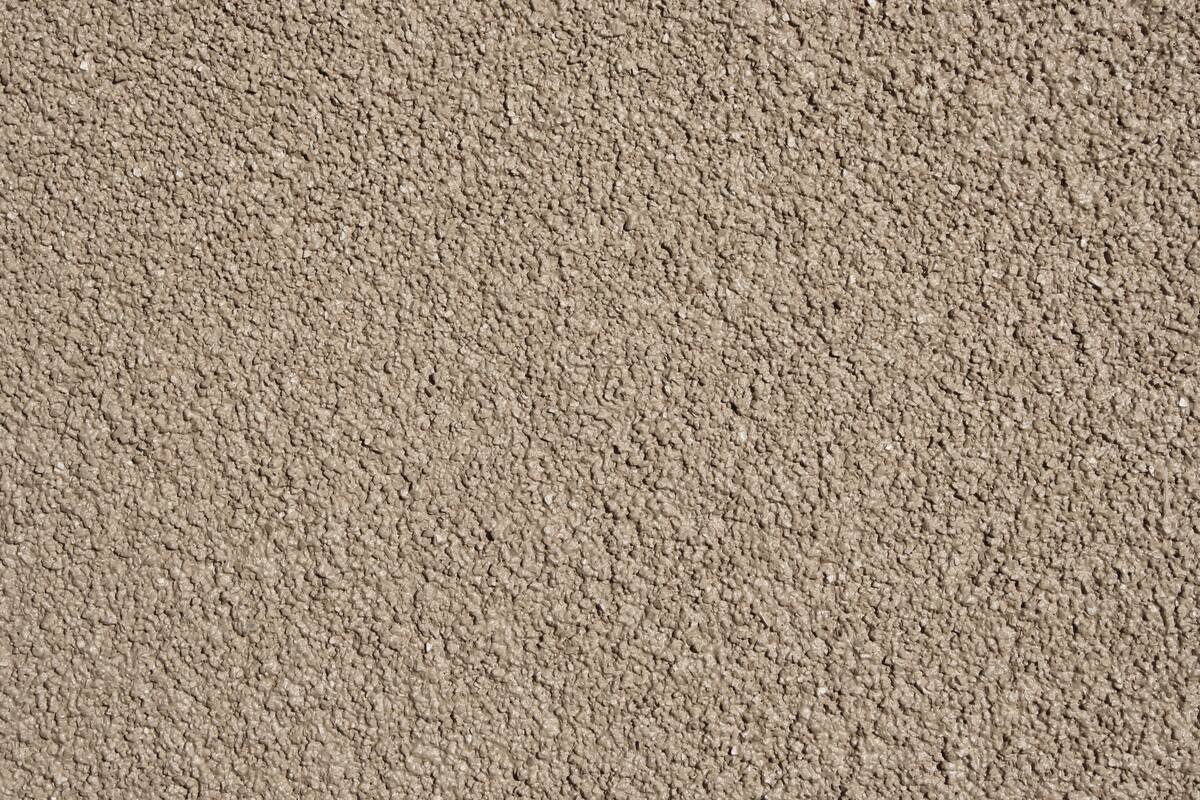

0 thoughts on “How Thick Is Hardie Siding”